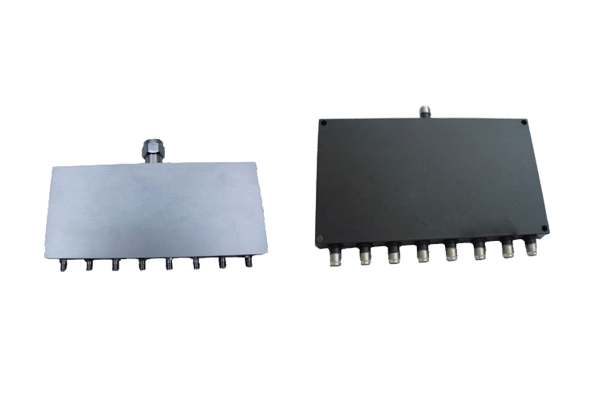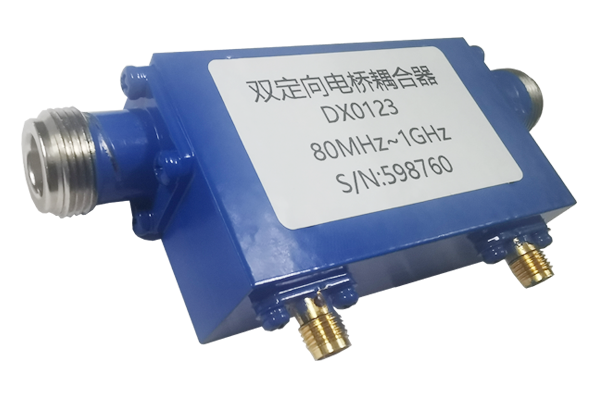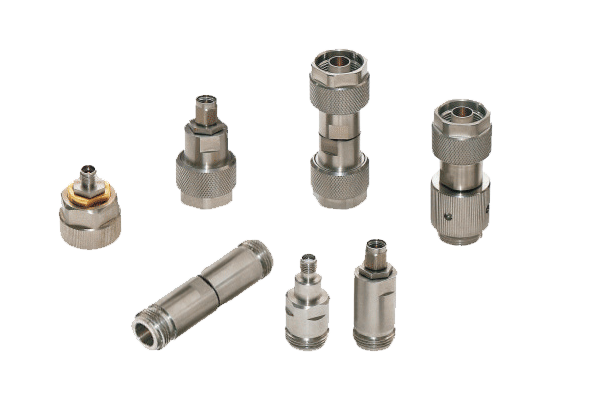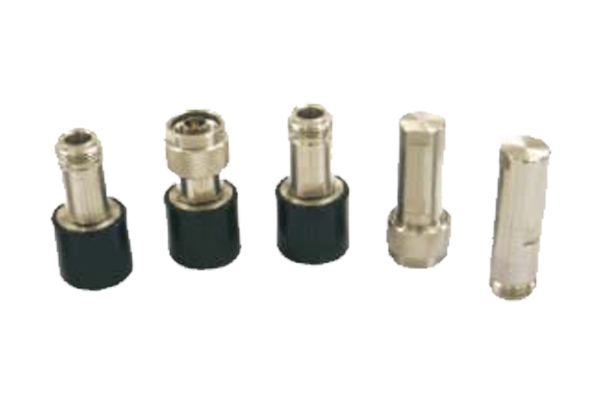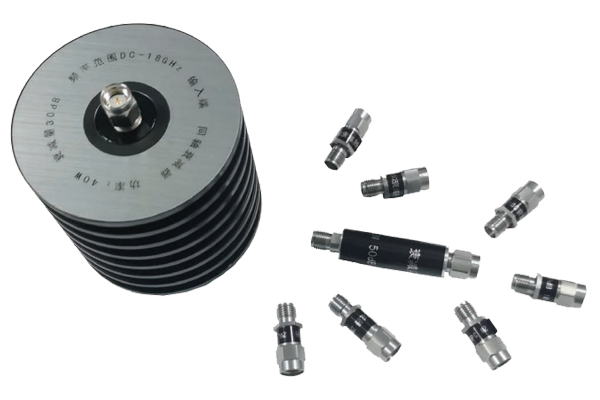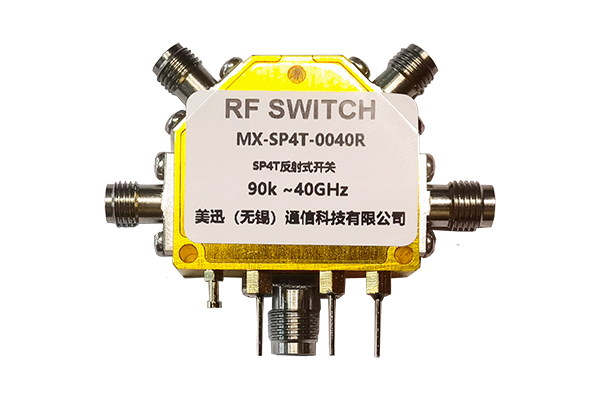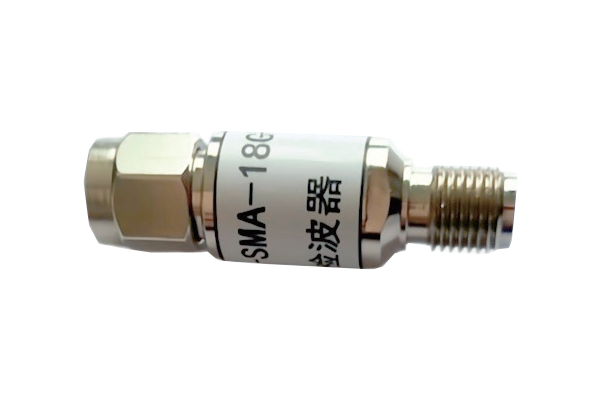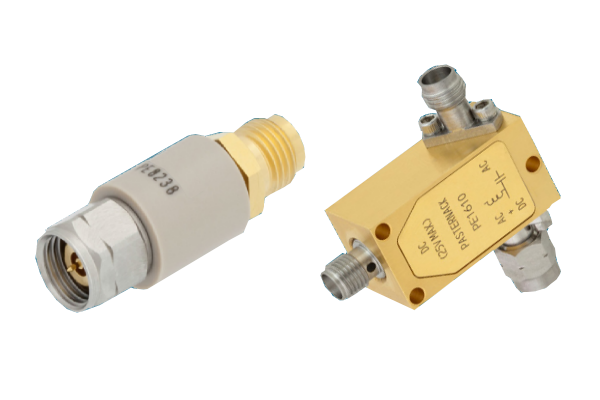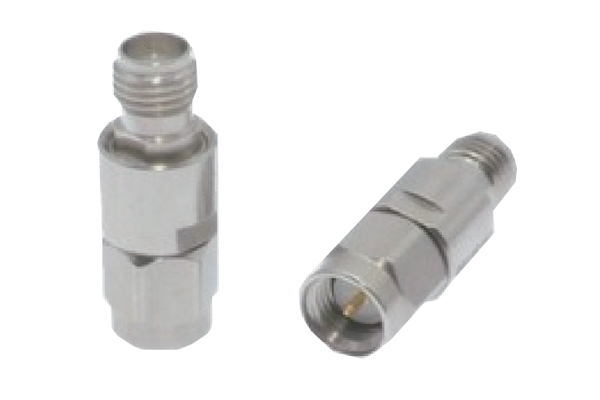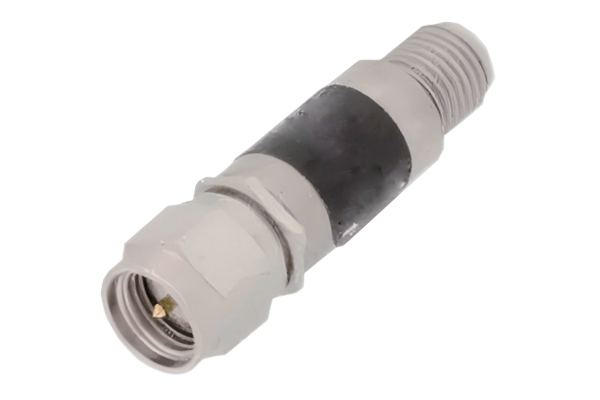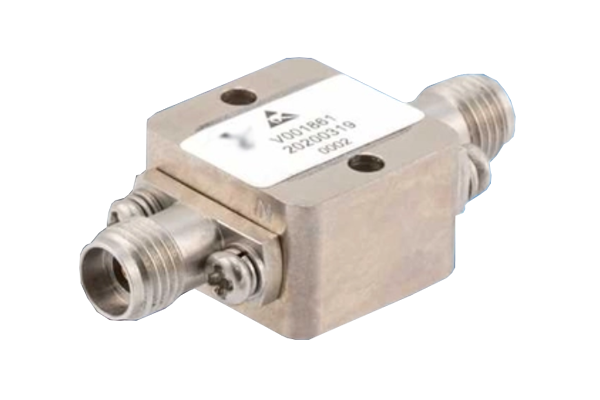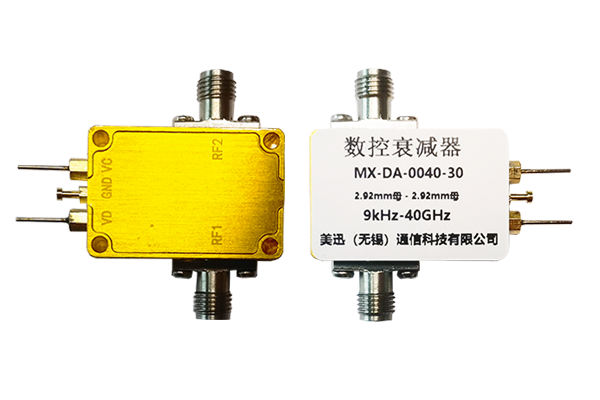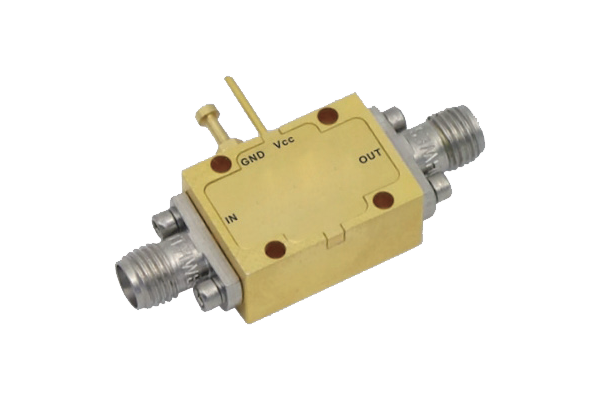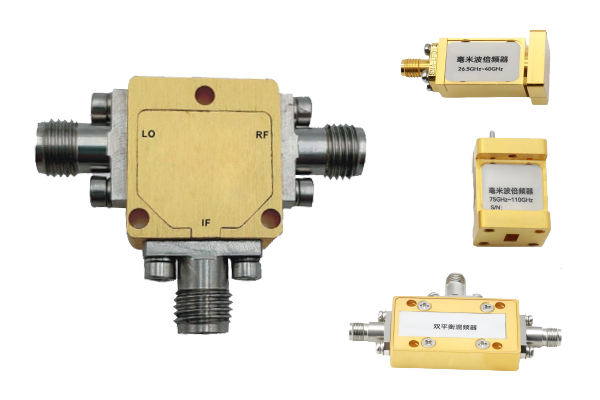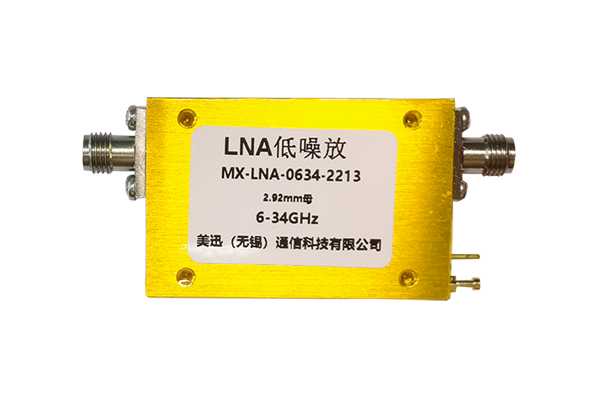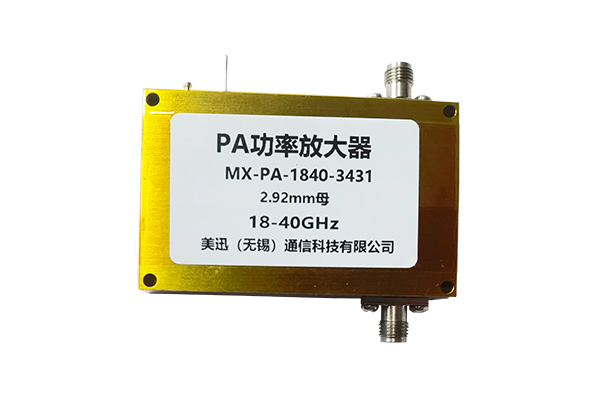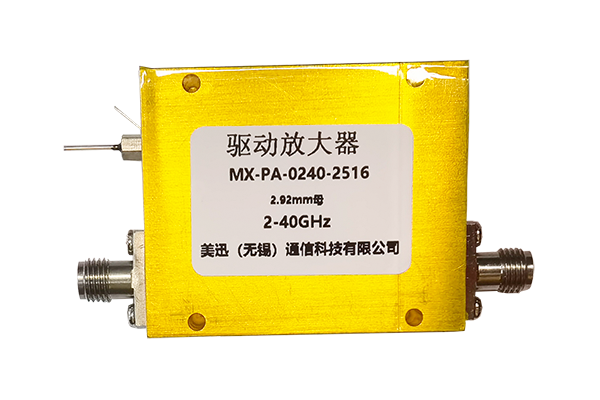How to Connect an RF Power Combiner
RF Power Combiner Connection Guide
Proper connection procedures ensure optimal performance and equipment safety
Preparing for Connection
- First, confirm the device's interface type to ensure it matches the interface of the RF signal source, load, and other devices to be connected.
- This prevents connection failures or signal loss due to interface incompatibility.
- Also, check that the cables are intact, free of damage or excessive bends.
- The cable's impedance characteristics must be consistent with those of the combiner and related equipment to minimize reflections and losses during signal transmission.
- In addition, ensure a dry and dust-free working environment to prevent impurities from entering the connectors and affecting connection performance.
Connecting Input Signals
- Connect the output terminals of each RF signal source to the input terminals of the power combiner.
- Ensure the connectors are aligned and fit tightly to prevent looseness or poor contact.
- Be gentle during the connection process to avoid damaging the connector pins with excessive force.
- For directional connectors, connect them correctly according to the markings to ensure that the signal enters the combiner along the intended path, laying the foundation for subsequent power combining.
Completing Output Connections
- Connect the output terminals of the combiner to the downstream load or device, such as a power amplifier or antenna.
- Ensure the connectors are securely connected to prevent signal leakage during output.
- Ensure that the impedance of the device connected to the output terminals matches the output impedance of the combiner.
- Impedance mismatches can cause signal reflections, affecting combining performance and device life.
- After connection, gently shake the connectors to check for signs of looseness.
Perform Post-Connection Inspection
- After completing the connection, inspect the overall connection.
- Observe whether all interfaces are properly connected and whether the cables are twisted or pulled.
- Then, perform a low-power signal test to monitor the output signal strength and quality to determine whether the connection is normal.
- If any signal anomalies are detected, such as insufficient power or excessive noise, disconnect the device immediately and check that the interfaces are clean and properly connected.
- Reconnect and test again after correcting any issues.





